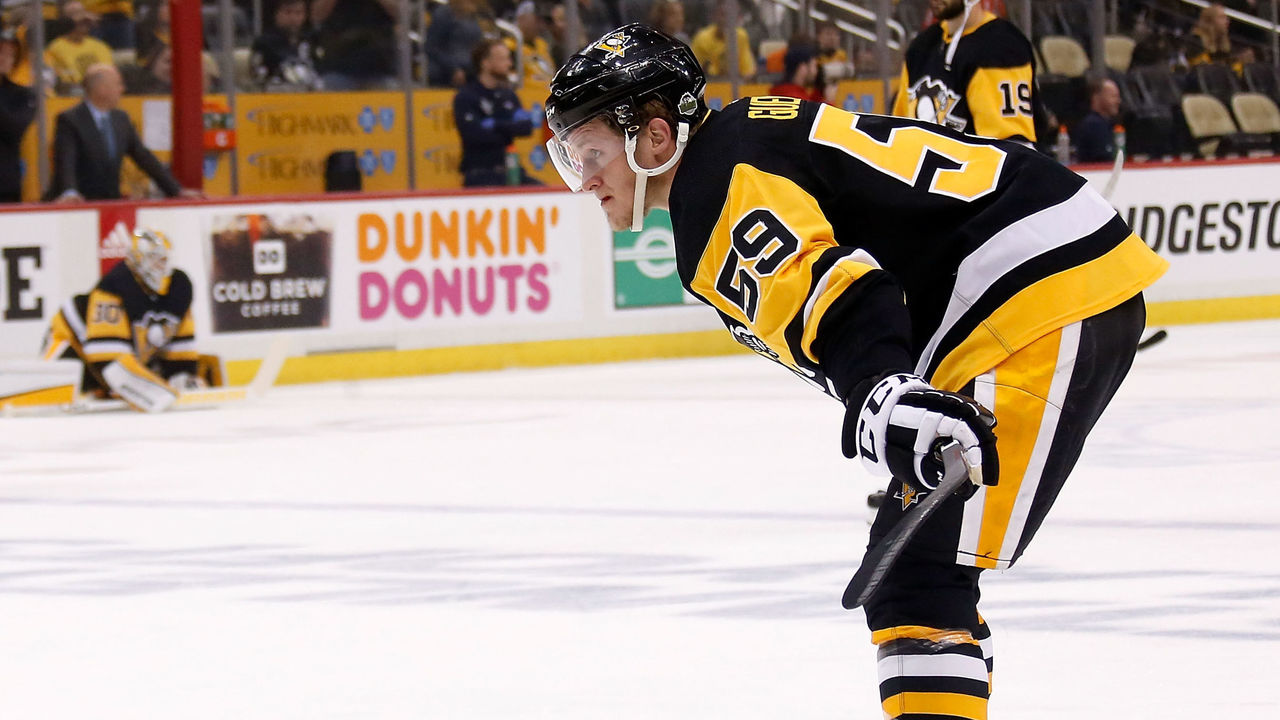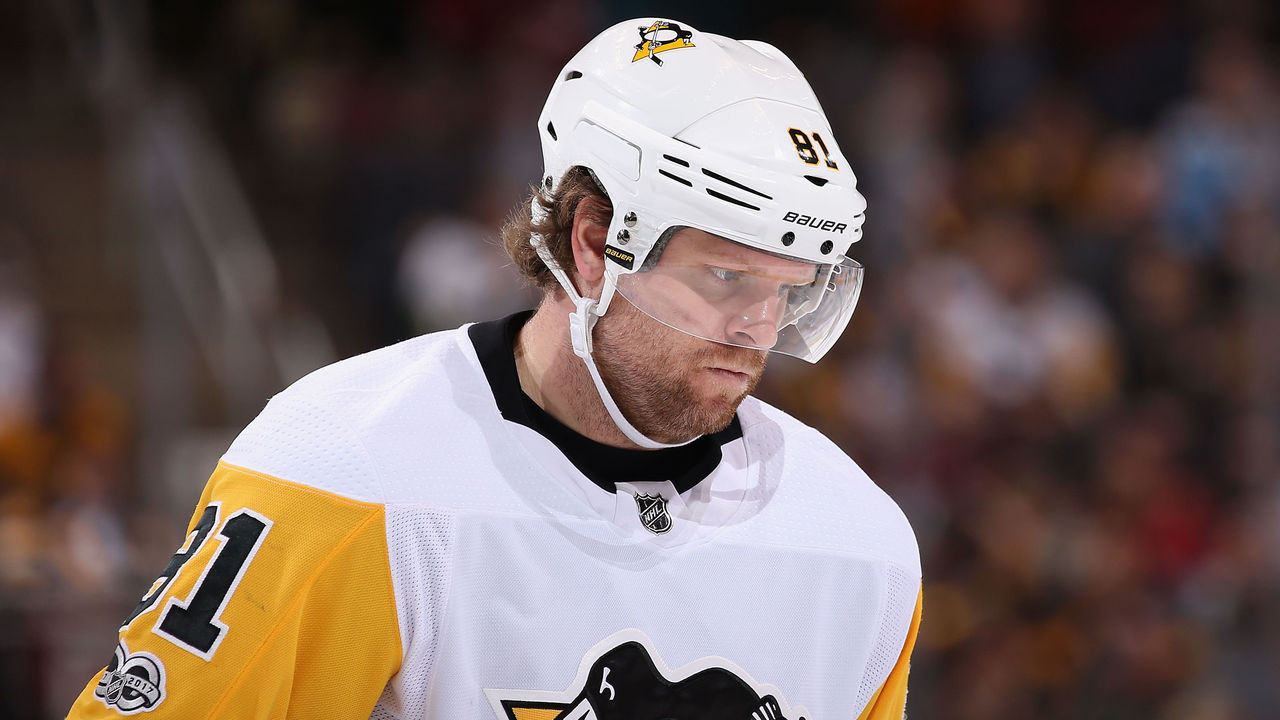Better Luck Next Year: Pittsburgh Penguins edition
As NHL teams are eliminated from Stanley Cup contention, theScore NHL freelance writer Katie Brown looks back at the highs and lows of their seasons, along with the biggest questions ahead of 2018-19. The 26th edition focuses on the Pittsburgh Penguins.
The Good

Jake Guentzel. The sensational forward picked up right where he left off last year by leading the league with 21 points through two rounds. The line of Guentzel, Sidney Crosby, and Patric Hornqvist accounted for the majority of the Penguins’ postseason offense. Guentzel started the regular season slowly but reached career highs in goals (22), assists (26), and points (48) in his second NHL campaign.
Phil Kessel. Love him or hate him, Kessel was one of Pittsburgh’s best players during the regular season, playing every game for the eighth straight year, and scoring 92 points and leading the NHL with 42 power-play points. Since his trade from Toronto in 2015, he’s been a reliable offensive force and can play pretty much anywhere Mike Sullivan puts him.
Patric Hornqvist. He’s the guy you hate to play against but would want on your team in a heartbeat. The Penguins re-signed the noted goalie pest to a reasonable five-year, $26.5-million deal in late February that might end up looking like a real bargain when this year’s crop of free agents hits the market. Hornqvist posted the second-highest goal total of his career (and highest since 2009-10) in the regular season and was third on the Penguins in postseason points with 11 as part of the tremendously effective first line.
The Bad

No depth scoring. Outside of the top line, which carried much of the weight during this postseason, the Penguins got considerably less offense from their depth than in previous years - just 12 goals from players not named Guentzel, Crosby, or Hornqvist.
Shaky goaltending. Matt Murray didn’t have the best playoffs, like a lot of other Penguins players, but goaltending was arguably a factor in their second-round exit. His playoffs weren’t terrible, just average; he might have been good enough to help them win, but not to cover the Penguins’ other deficiencies. Murray’s combined save percentage over the past two Stanley Cup runs was .935. This year it was .914, second-worst among players remaining in the playoffs.
Malkin and Kessel underperformed. Though he had a tremendous regular season, Kessel - battling undisclosed injuries - scored just once in the postseason. Evgeni Malkin was sidelined for two games against Washington and didn’t look like the same player when he came back. He scored one power-play goal in the series.
The Questions

Will Kessel be traded? Rumors are swirling that the relationship between the Penguins and Kessel has soured and that Jim Rutherford could try to move him this summer. Kessel will be 31 at the start of next term and has four more years left on a deal that pays him $8 million. His value is high right now, and Rutherford might decide to take advantage of that, although he could just as easily decide to keep Kessel around considering his value to the team.
What does the goalie tandem look like? The Penguins settled into a nice rhythm with Casey DeSmith as Murray’s backup and it looks like that could stick next year. Where does that leave Tristan Jarry? Continuing to play in the AHL at this point probably holds little benefit for him, and since Murray isn’t going anywhere as the starter and Jarry seems better suited to regular starts, Rutherford could get a nice return for the young goaltender this summer.
Do the Penguins hang on to Carl Hagelin? Hagelin will be in the last year of a contract that pays him $4 million a year at the start of the 2018-19 season. He had a strong end to his campaign with 25 points in 39 games, so his value is high. With long-term deals to players like Guentzel in the near future and a host of players coming up from the minors, Rutherford could easily find Hagelin a new home.
(Photos courtesy: Getty Images)
HEADLINES
- Predators rally to hand reeling Maple Leafs another loss
- Report: Bergevin leaving advisor role with Kings to be Sabres' AGM
- Leafs spiraling, early Hughes impressions, more NHL hot topics
- Habs' Fowler collects 1st NHL shutout in win over Penguins
- Blackhawks' Nazar out approximately 4 weeks after puck to face